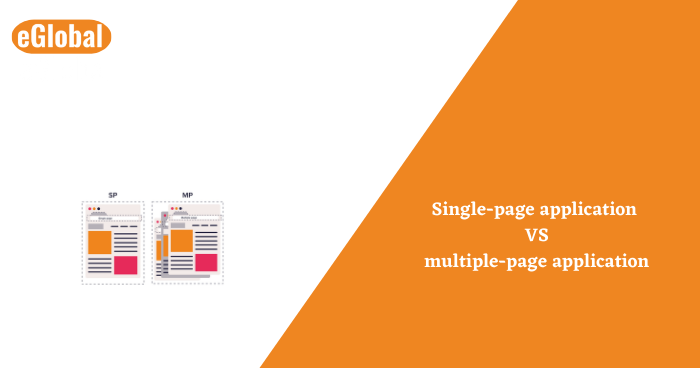

In today’s world, web applications have become an integral part of our lives. Whether it is social media, e-commerce, or any other service, we rely on web applications to meet our needs. As the demand for web applications has grown, so has the need for developers to create applications that are user-friendly, responsive, and performant. One of the biggest debates in the web development community is whether to use single-page applications (SPAs) or multiple-page applications (MPAs). In this article, we will explore the differences between SPAs and MPAs and their advantages and disadvantages.
Single-page applications (SPAs) are web applications that load a single HTML page and dynamically update the content using JavaScript. In an SPA, the server sends a single page, and the client-side JavaScript handles all the subsequent interactions with the user. When a user interacts with an SPA, the JavaScript running on the client-side updates the page’s content without requiring a full page reload. SPAs use AJAX requests to communicate with the server and load data dynamically.
Multiple-page applications (MPAs) are web applications that consist of multiple HTML pages that are loaded from the server as the user navigates the application. In an MPA, each page is a separate document that is loaded from the server when the user requests it. When a user interacts with an MPA, the server sends a new page, and the browser loads the new page.
The choice between SPAs and MPAs depends on the specific requirements of the application. SPAs are best suited for applications that require a high level of interactivity and real-time updates. They are ideal for applications like social media, messaging platforms, and real-time dashboards. On the other hand, MPAs are best suited for applications that have a lot of static content and do not require frequent updates. Examples of such applications include blogs, news websites, and e-commerce platforms.
When deciding between SPAs and MPAs, it is important to consider factors such as user experience, performance, search engine optimization, and accessibility. If the application requires real-time updates and interactivity, then an SPA may be the best choice. However, if the application requires SEO optimization and accessibility, then an MPA may be the better option.
In conclusion, the choice between SPAs and MPAs depends on the specific requirements of the application. SPAs are best suited for applications that require real-time updates and interactivity, while MPAs are best suited for applications that have a lot of static content and do not require frequent updates. Both SPAs and MPAs have their advantages and disadvantages, and developers need to consider factors such as user experience, performance, search engine optimization, and accessibility when choosing between the two. Ultimately, the choice between SPAs and MPAs should be based on the specific requirements of the application and the needs of the target audience.
Hire best app developers in India from eglobalindia as we are among the best app development companies in India.

© 2017 All rights reserved.